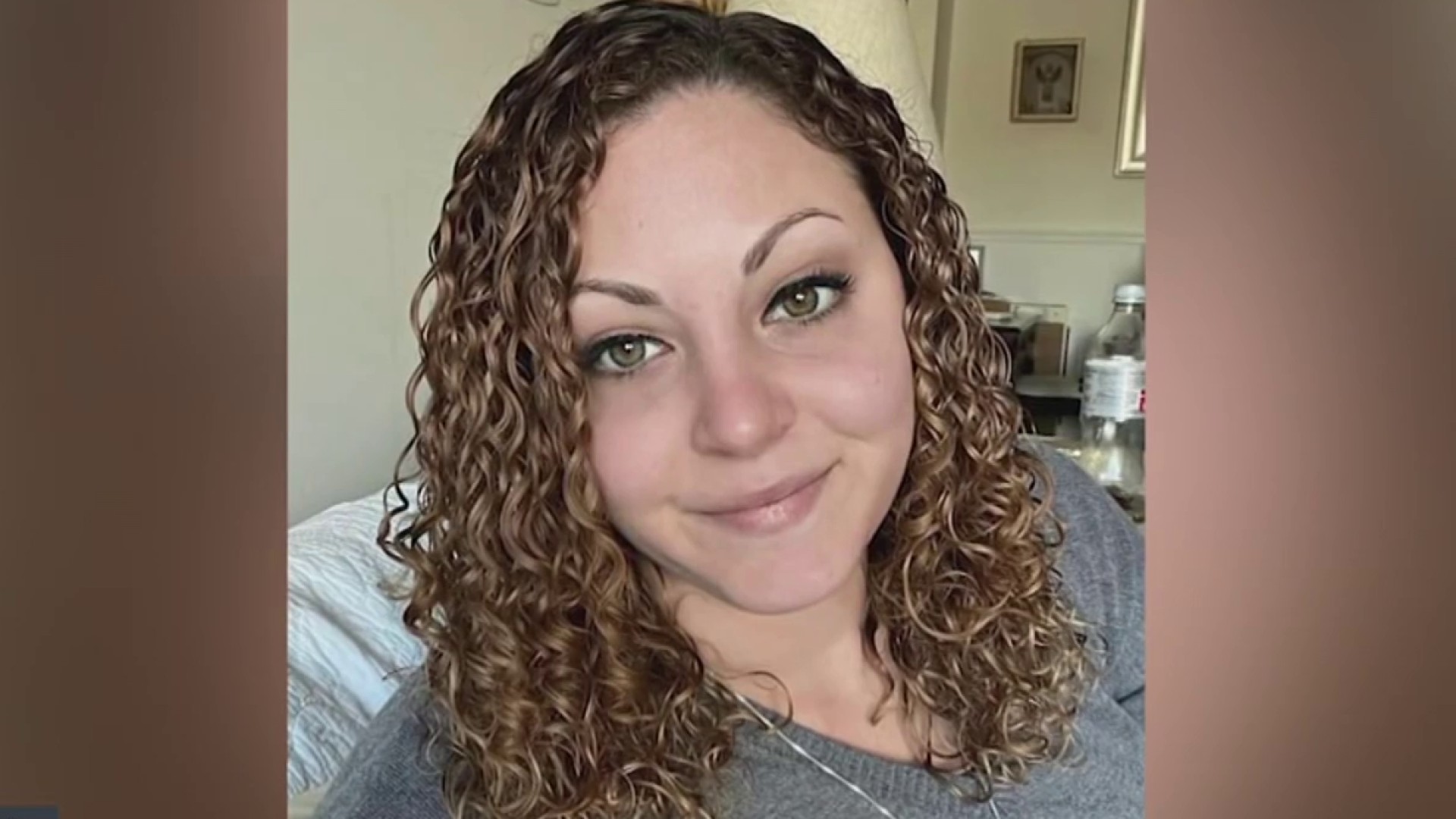A doctor calls an experimental pacemaker a medical breakthrough, comparing it to when landlines were replaced by smartphones.
A Northern Virginia woman is among the first in the country to have the experimental pacemaker implanted in her heart in a minimally invasive procedure with no incisions and no wires, meaning fewer complications, doctors say.
“I was a little nervous in the beginning because this procedure hadn't been done before,” Cecilia Lee said.
She is in a human experiment to treat her sluggish heart rate.
We're making it easier for you to find stories that matter with our new newsletter — The 4Front. Sign up here and get news that is important for you to your inbox.
“I had a very low heartbeat, and it could be dangerous,” she said.
The condition called heart block can cause people to get tired, dizzy and out of breath and diminishes their quality of life.
Lee, 58, needed a pacemaker, but instead of a traditional one, she opted for one that’s being evaluated as part of a clinical trial, becoming the first person in the Baltimore-Washington region to have the experimental device implanted.
Local
Washington, D.C., Maryland and Virginia local news, events and information
“It has all the benefits of a traditional pacemaker, all the ability to help an individual with a slow heart rhythm, but without any device under the skin, without wires, and hopefully better long-term outcomes, said Dr. Zayd Eldadah, who performed the procedure last month at MedStar Washington Hospital Center in D.C.
Unlike traditional pacemakers that require threading wires through veins to the heart and connecting them to a metal pacemaker implanted under the skin, the Aveir VR Leadless Pacemaker uses two miniature pacemakers each smaller than a AAA battery. They are inserted through a catheter in the large vein of the thigh and implanted directly into the upper and lower chambers of the heart to normalize rhythm.
The wires themselves over time might suffer problems such as insulation breaks, the need for replacement, so to eliminate all of that by implanting the actual system inside the heart is a big leap forward.
Dr. Zayd Eldadah
“The two units that communicate with one another, not through wires, but actually transmitting signals through the patient's blood itself,” Eldadah said. “It’s not unreasonable, actually, to call this technological leap forward perhaps something akin to graduating from a rotary dial landline to a cell phone.
Eldadah says the procedure is less invasive, which reduces the risk of bleeding and infection, and it has fewer long-term problems that can develop with traditional pacemakers that use wires.
“The wires themselves over time might suffer problems such as insulation breaks, the need for replacement, so to eliminate all of that by implanting the actual system inside the heart is a big leap forward,” he said.
The procedure takes less than an hour, he said, and patients can go home the same day.
“The procedure went very smoothly,” Lee said.
“I took just one Tylenol,” she said. “There was just minimal pain.”
Lee is back to doing what she loves – from gardening and playing the piano – and she says it’s helped in ways she didn’t expect.
“It's a little easier to do strenuous activities,” she said.
“I also noticed that I sleep much better and I wake up much easier,” Lee said.
The Aveir Dual Chamber Leadless Pacemaker was developed by Abbott and is being evaluated as part of a worldwide clinical trial.
It’s unclear when it could get FDA approval, but Eldadah said he’s hopeful it could be available by the end of this year.



